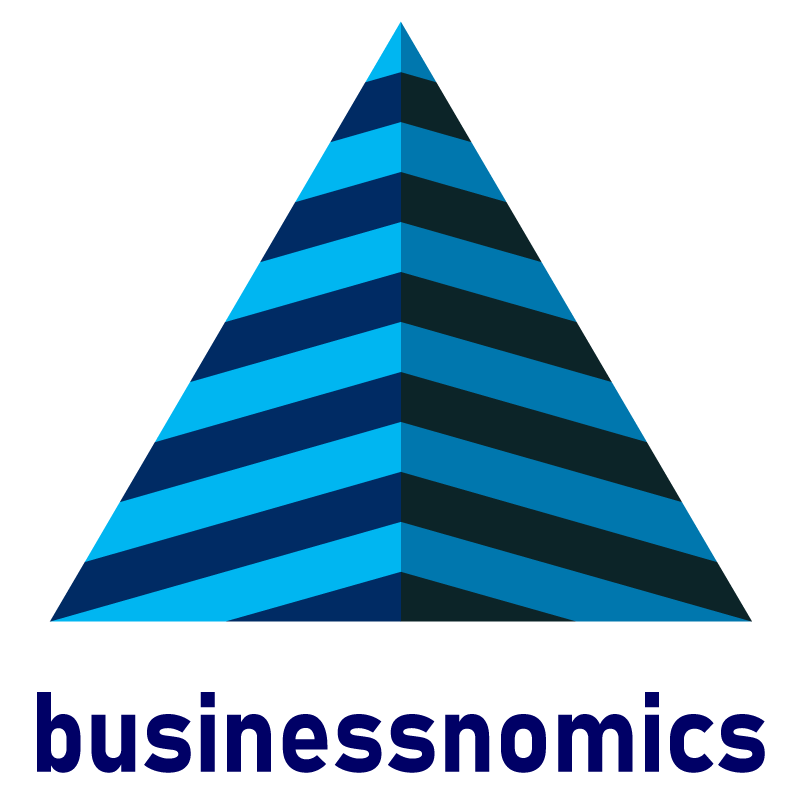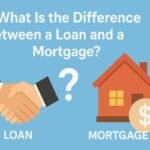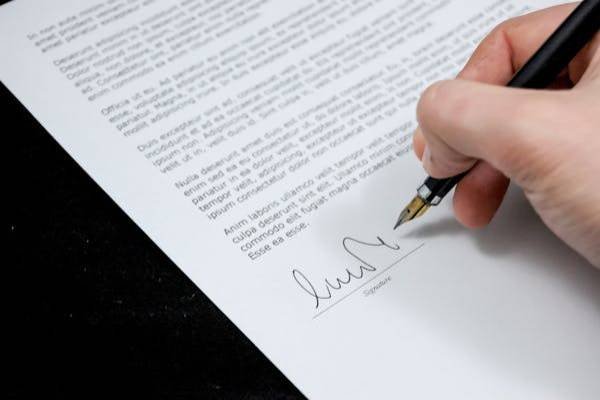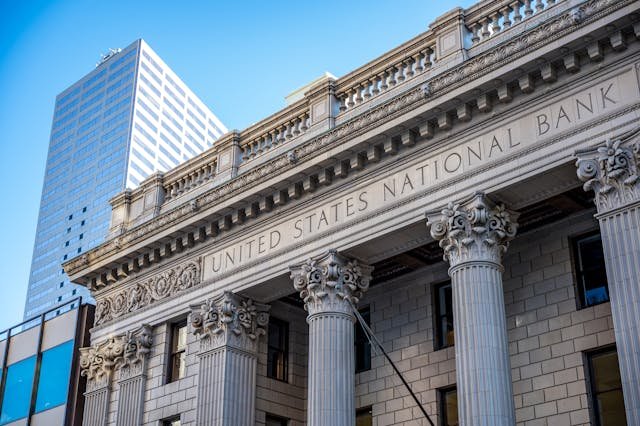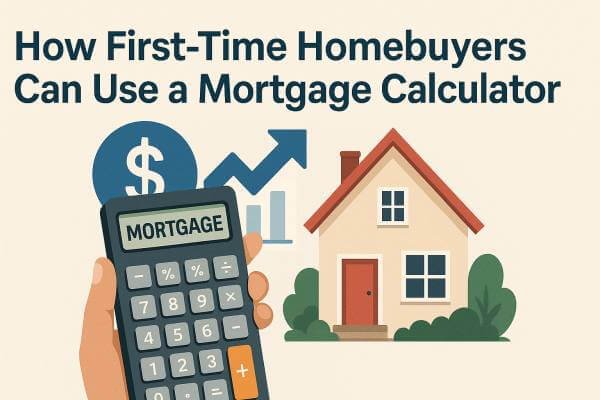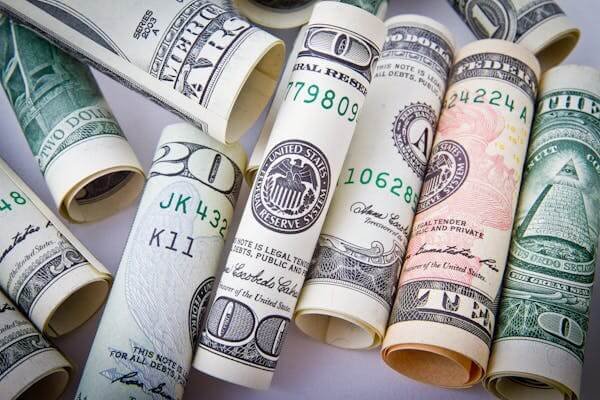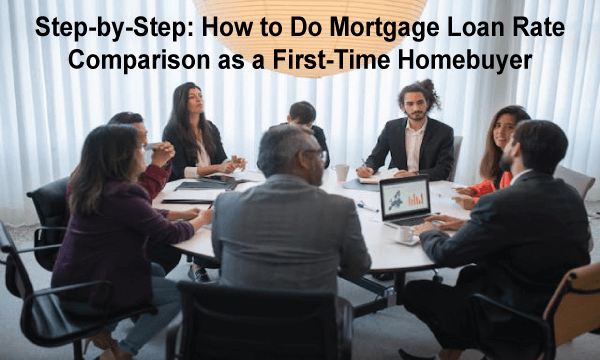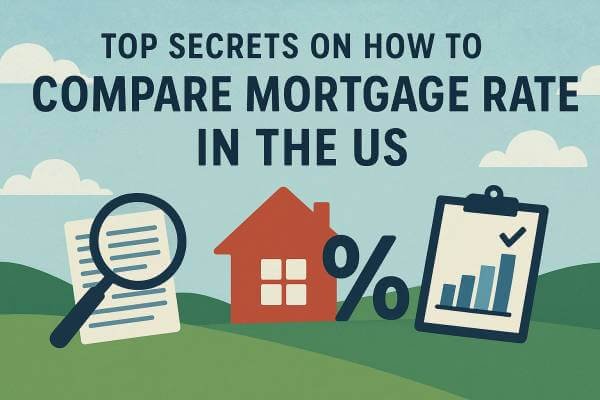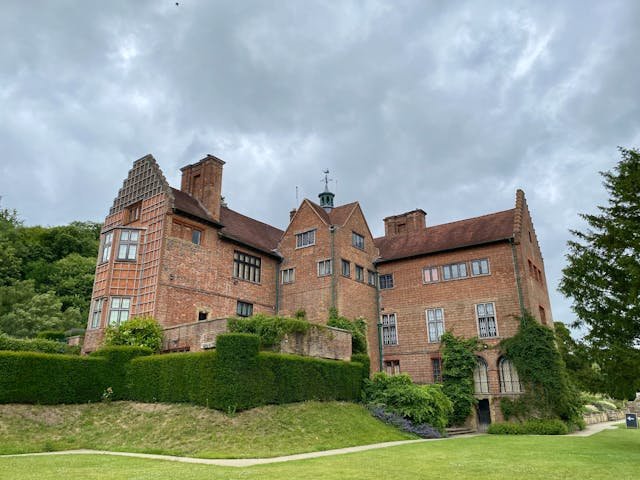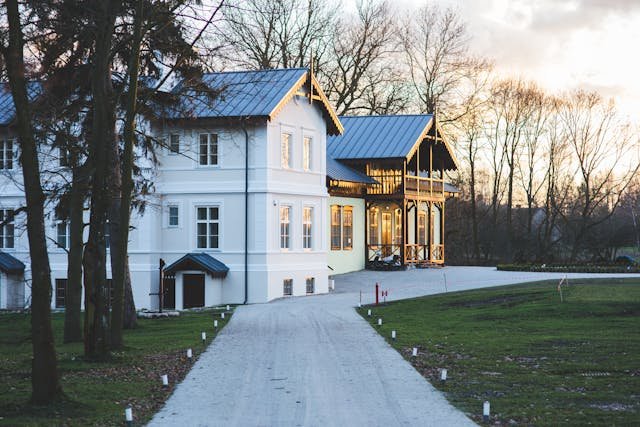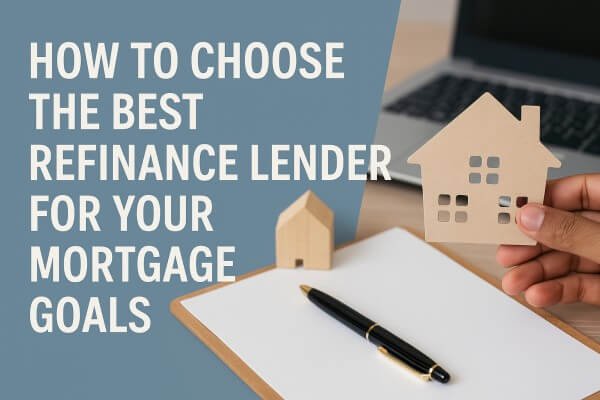Fixed vs. Variable Loan Rates: Which One Is Right for You?

If you’re shopping around for a loan, one of the first decisions you’ll face is this: fixed vs variable loan rates. It sounds like finance jargon, but it’s actually a pretty big deal. The type of interest rate you choose can seriously affect how much you pay over time. And yeah, nobody wants to overpay on a loan.
So what’s the difference? A fixed interest rate stays the same the whole time. A variable rate changes based on the market. Each one has its perks and downsides. The right choice depends on things like your budget, how long you plan to keep the loan, and how much risk you’re willing to take.
In this article, you’ll learn the pros and cons, real-world examples, and how to figure out which one actually fits your life. Whether you’re looking at a mortgage, personal loan, or student loan, we’ve got you covered.
Fixed Loan Rate
A fixed loan rate means your interest rate stays exactly the same for the entire life of the loan. No surprises. No rate changes. Just one steady monthly payment that never shifts. If you’re the kind of person who likes to know exactly what your bills will be, this might be your comfort zone.
Let’s say you take out a five-year personal loan with a fixed interest rate of six percent. That rate won’t budge. Even if market rates go up or down, you’ll still be paying six percent until the loan is paid off.
Pros of Fixed Loan Rates:
- You always know what to expect. That helps with budgeting.
- Your monthly payments won’t change.
- You’re protected if interest rates suddenly rise.
Cons of Fixed Loan Rates:
- The starting rate is often higher than a variable rate.
- If market rates drop, you won’t benefit unless you refinance.
- It’s a bit less flexible in the long run.
Fixed rates are popular for big loans like mortgages, auto loans, and long-term personal loans. If you value stability over potential savings, this could be your best bet.
Variable Loan Rate
A variable loan rate is a bit more unpredictable. The interest rate can change over time, usually based on something like the prime rate or another market benchmark. So your monthly payments can go up or down depending on what the market’s doing.
Here’s a quick example. Say you get a loan with an initial rate of four percent. That might look excellent at first, but if rates rise, yours could jump to five or six percent in the future. On the flip side, if rates drop, you could end up paying less.
Pros of Variable Loan Rates:
- The starting interest rate is usually lower than fixed rates.
- You might save money if market rates stay low.
- Some variable-rate loans offer a cap or limit on how high your rate can go.
Cons of Variable Loan Rates:
- Payments can increase unexpectedly.
- Budgeting becomes trickier when your loan cost isn’t consistent.
- If rates climb fast, your loan could become pricier than a fixed-rate one.
Variable rates are common in things like adjustable-rate mortgages and some student loans. They can work well if you plan to pay off your loan quickly or if you expect rates to stay low for a while. But if you’re risk-averse or on a tight budget, they might be a bit too unpredictable.
Fixed vs Variable Loan Rates: Side-by-Side Comparison
Now that you know how each type works, let’s make this even easier. Here’s a simple breakdown of fixed vs. variable loan rates so you can quickly compare the two.
| Feature | Fixed Loan Rate | Variable Loan Rate |
| Monthly Payments | Always the same | Can change over time |
| Interest Rate | Stays locked in | Moves with the market |
| Best For | Long-term budgeting and stability | Short-term savings or flexibility |
| Risk Level | Low (predictable) | Higher (can rise unexpectedly) |
| Starting Rate | Usually higher | Usually lower |
This chart sums up what most borrowers care about: payment stability, cost over time, and risk. If you favor consistency, fixed is probably your thing. If you can tolerate a small amount of risk in exchange for a lower initial rate, you might consider a variable loan.
Which Type of Loan Is Better for You?
Now that you’ve seen the side-by-side, you might be wondering: how do I actually choose between fixed and variable loan rates? The truth is, it depends on your personal situation. Let’s walk through a few things to consider.
1. How Long Do You Plan to Keep the Loan?
If you only have the loan for a short time, a variable rate might save you money upfront. However, if you plan to keep the loan for an extended period, a fixed rate could provide you with a sense of security.
2. Are You Comfortable With Risk?
Variable rates can go up. That means your monthly payment could climb too. If that makes you nervous, a fixed rate is probably a safer pick. However, if you are adaptable and can tolerate some fluctuations, a variable rate may benefit you.
3. What’s Going On With Interest Rates?
If interest rates are already low and expected to rise, locking in a fixed rate now could be smart. On the flip side, if rates are high but dropping, a variable rate might let you benefit from those future decreases.
4. Are You Buying a Home or Taking a Short-Term Loan?
For mortgages, fixed rates are ideal, particularly if you intend to remain in your current location for an extended period. But for something like a short-term personal loan, a variable rate might help you save in the short run.
Ultimately, there is no universally applicable solution. Your timeline, risk tolerance, and goals are the key factors to consider.
Conclusion
When it comes to fixed vs. variable loan rates, there’s no one right answer for everyone. It all depends on your goals, your risk tolerance, and your financial situation.
If you like steady payments and long-term predictability, a fixed loan rate might be your best friend. But if you’re open to some change and want to take advantage of lower rates in the short term, a variable rate could save you money.
Before you decide, take a step back and look at the full picture. Consider how long you’ll have the loan, how flexible your budget is, and where interest rates are headed. If you’re uncertain, please consider consulting with a lender or using a loan calculator to run the numbers.
The key is to pick the option that gives you the most confidence moving forward. After all, a loan should work for you, not the other way around.
FAQs
Can I switch from a variable rate to a fixed rate later?
Yes, often you can refinance your loan and switch from a variable to a fixed rate. Remember that refinancing frequently entails fees, so it’s crucial to conduct thorough calculations before making the switch.
Are variable rates always risky?
Not necessarily. If market rates stay low or you plan to pay off the loan quickly, a variable rate could save you money. The risk comes in if rates rise faster than expected and you’re not prepared for higher payments.
What happens if interest rates go up?
With a fixed loan, nothing changes. Your payment stays the same. But with a variable loan, your rate and monthly payment could increase. That’s why it’s important to understand how high your rate can go and how often it can adjust.
Can I get a loan that starts variable and then becomes fixed?
Some loans offer hybrid options, like an adjustable-rate mortgage that stays fixed for the first five years, then becomes variable. These can be a good middle ground if you want a lower rate now but some protection later.
How do I know what’s right for me?
Start by looking at your income, expenses, and how long you plan to keep the loan. Then think about whether you’re comfortable with the possibility of higher payments down the road. If not, you should consider a fixed loan.
